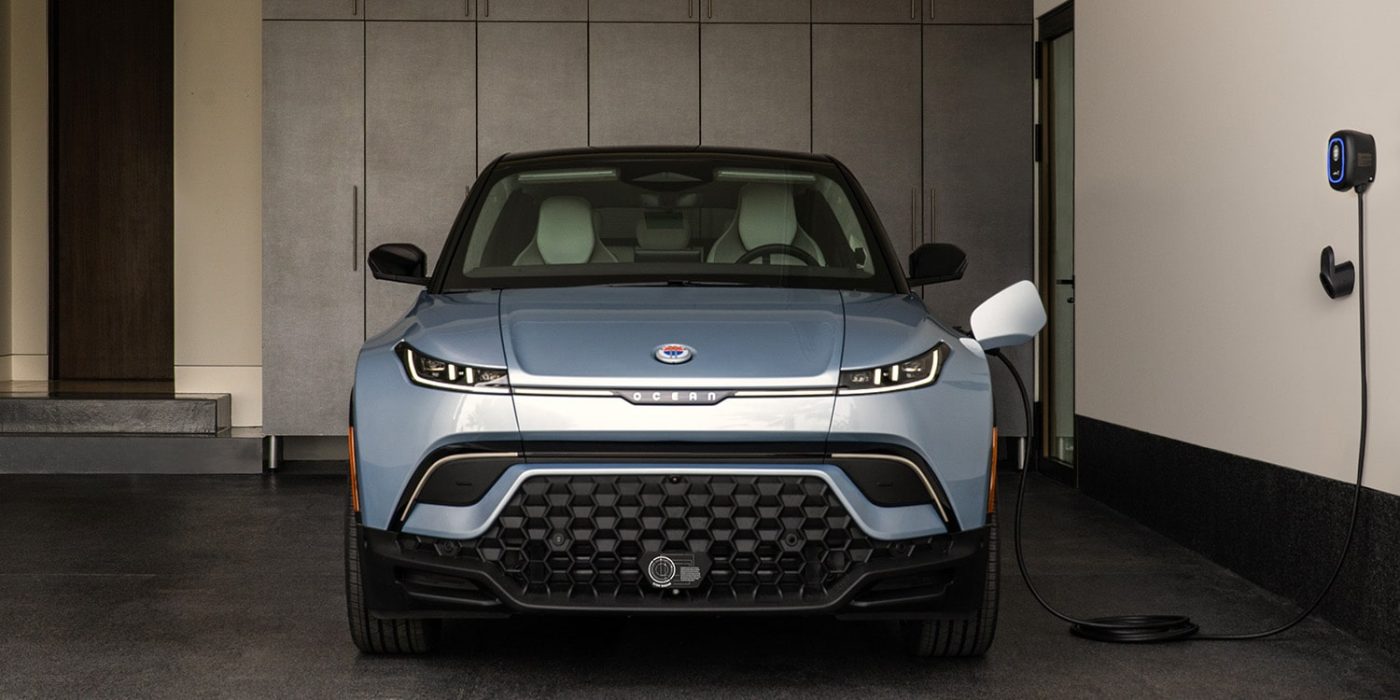Fisker future looks unsure
Such warnings occur from time to time and do not necessarily result in the insolvency of a company. In this way, Fisker’s management draws investors’ attention to the increased risk – and thus protects itself, especially in the USA, from possible investor lawsuits if insolvency does occur.
However, one thing is clear: the company needs additional capital and has announced that it will reduce its workforce by around 15 per cent. In the fourth quarter alone, the company posted a net loss of 463.6 million US dollars, equivalent to 428.7 million euros – in Q4 2022, the loss was still 170 million dollars. Turnover in the final quarter of 2023 was USD 200 million, falling well short of analysts’ expectations of around USD 310 million.
It has been known for months that things are not going well at Fisker. The company had lowered its production forecast for 2023 several times, from over 42,000 units initially to 10,000 vehicles most recently. The most recent revision of the forecast was released in December. The reason given for the move was to produce fewer vehicles in December than previously planned in order to “prioritise liquidity and free up over 300 million US dollars in working capital, which creates additional business flexibility”.
Fisker dependent on new sales model
“2023 was a challenging year for Fisker, including delays with suppliers and other issues that prevented us from delivering the Ocean SUV as quickly as we had expected,” says CEO Henrik Fisker.
In January, Fisker had already announced its intention to establish dealerships in addition to the familiar direct sales model. According to Reuters, the company has so far signed up 13 dealerships in the USA and Europe. Fisker said its business plan is “highly dependent” on the successful transition to the new dealer partner model this year.
The company also cited two other potential lifelines. Fisker is currently negotiating with a major car manufacturer about a possible investment and a development partnership. However, the amount involved and which car manufacturer is involved have not been disclosed. Fisker itself does not have its own production facilities and wants to be a lean design and development company. The Ocean is built at Magna in Graz, while Fisker has entered into a partnership with the contract manufacturer Foxconn for the announced Pear small car.
In addition to the talks with the major car manufacturer, Fisker said that talks were being held with a debtor about a possible investment. No further details are known on this either. Fisker’s production forecast for 2024 is a range of 20,000 to 22,000 Ocean (i.e. around half of the original 2023 target). To achieve this volume, Fisker says it already needs additional financing. If this does not materialise, the company will be forced to reduce production of the Ocean, cut investments and cut further jobs. Future models such as the Pear and the Alaska e-pickup are also currently on hold. “We do not plan to start external spending on our next projects until a strategic partnership is in place,” said Henrik Fisker in the analyst call.
The eMobility start-ups Rivian and Lucid had previously presented their annual figures and also reported high net losses. However, Rivian and Lucid are not questioning their own continued existence. However, both companies expect production to remain at the previous year’s level in 2024 and therefore do not anticipate growth.





0 Comments